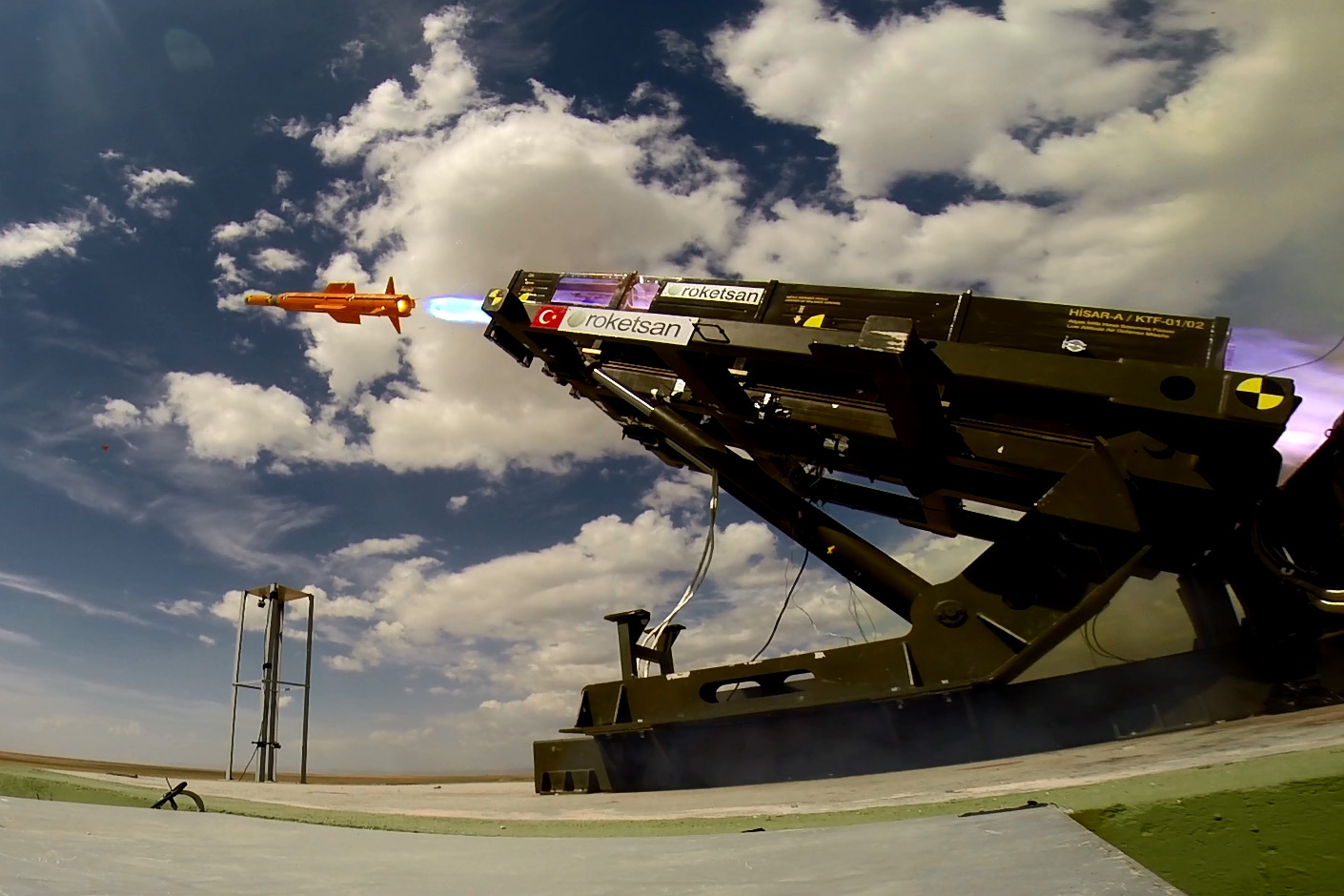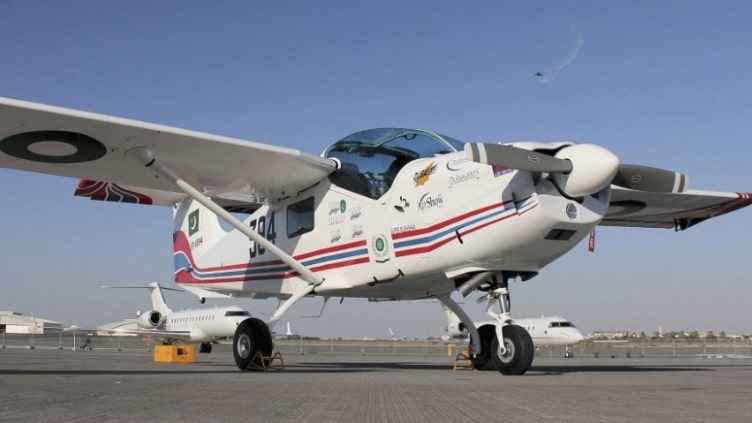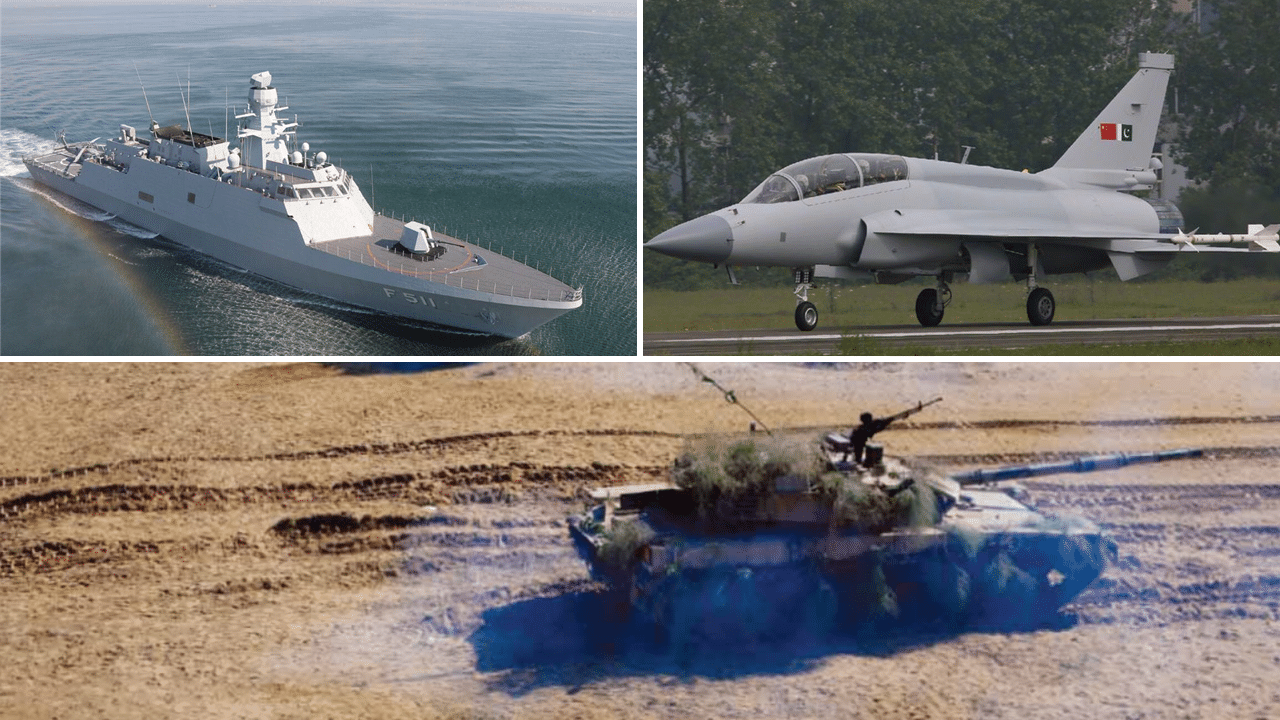2238Views 2Comments

Turkey test-fires HİSAR-A short-range SAM
Turkey’s Ministry of Defence announced that Roketsan and Aselsan had successfully test-fired the jointly-developed HİSAR-A short-range surface-to-air missile (SAM) system on 01 February.
In a statement, Turkish Defence Minister Nurettin Canikli said, “The Hisar project, which was developed using national facilities, provided 100% success in the tests.”
The HİSAR-A is powered by a dual-stage rocket motor, providing a maximum engagement range of 15 km. Its guidance suite comprises of a data-link-fed mid-course system coupled with an imaging infrared (IIR) terminal-stage seeker. The longer-ranged – i.e. 25 km – HİSAR-O uses the same suite.
The HİSAR-series is analogous in purpose and capability to the Denel Umkhonto-series and Diehl BGT IRIS-T SL. Turkey will use the HİSAR-A/O SAM along with the Korkut self-propelled anti-air gun (SPAAG) system for low-level anti-air warfare (AAW) coverage.
The HİSAR will also accompany the Aselsan Korkut with the Turkish Army’s armour formations using a modified tracked infantry fighting vehicle platform built by FNSS Savunma Sistemleri A.Ş. (i.e. ACV-30).
The ACV-30 is expected to carry HİSAR SAMs along with Aselsan’s Mobile Search Radar (MSR), an X-band active-electronically scanned array (AESA) radar with an instrumented range of 70 km.
Development of the HİSAR began in 2011, with the Turkish Undersecretariat for Defence Industries (SSM) contracting Aselsan to develop the radar, command-and-control and fire-control systems, while having Roketsan develop the missile and its propulsion system.
The SSM awarded Aselsan a $413.27 million US contract to supply short-range air defence systems – likely including the HİSAR-A and Korkut – to the Turkish Armed Forces. Its deliveries are expected to begin in 2019 and conclude in 2022.



2 Comments
by Mike
With the newly developed aselsan Kalkan 2 120+ km, x-band radar for the Hisar O/U and the mobile EWR Aselsan EIRS AESA radar with a range of 600+ (aimed at 700km), the Korkut SHORAD, the eurosam-aselsan-roktsan aster 30 project anf the S400, turkey (God willing) will go from a currently non existent to a capable air defense system and be prepared for a future russian or even western air assault.
by MOHAMMAD HARIS FAHIM
Turks had been mind blowing in this strategy of theirs. They being NATO member know the NATO mentality of bombing the target rather than ensuing invasion on land. Thus Turkey has worked relentlessly to ensure any such future shock and awe campaign is blown out over Aegean before it could harm any Turk.